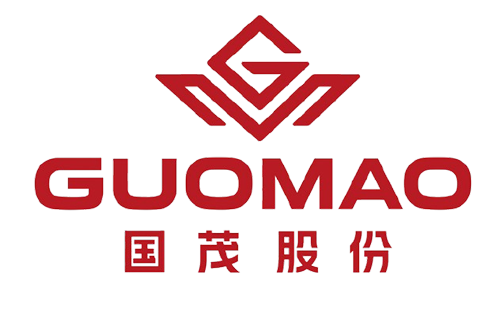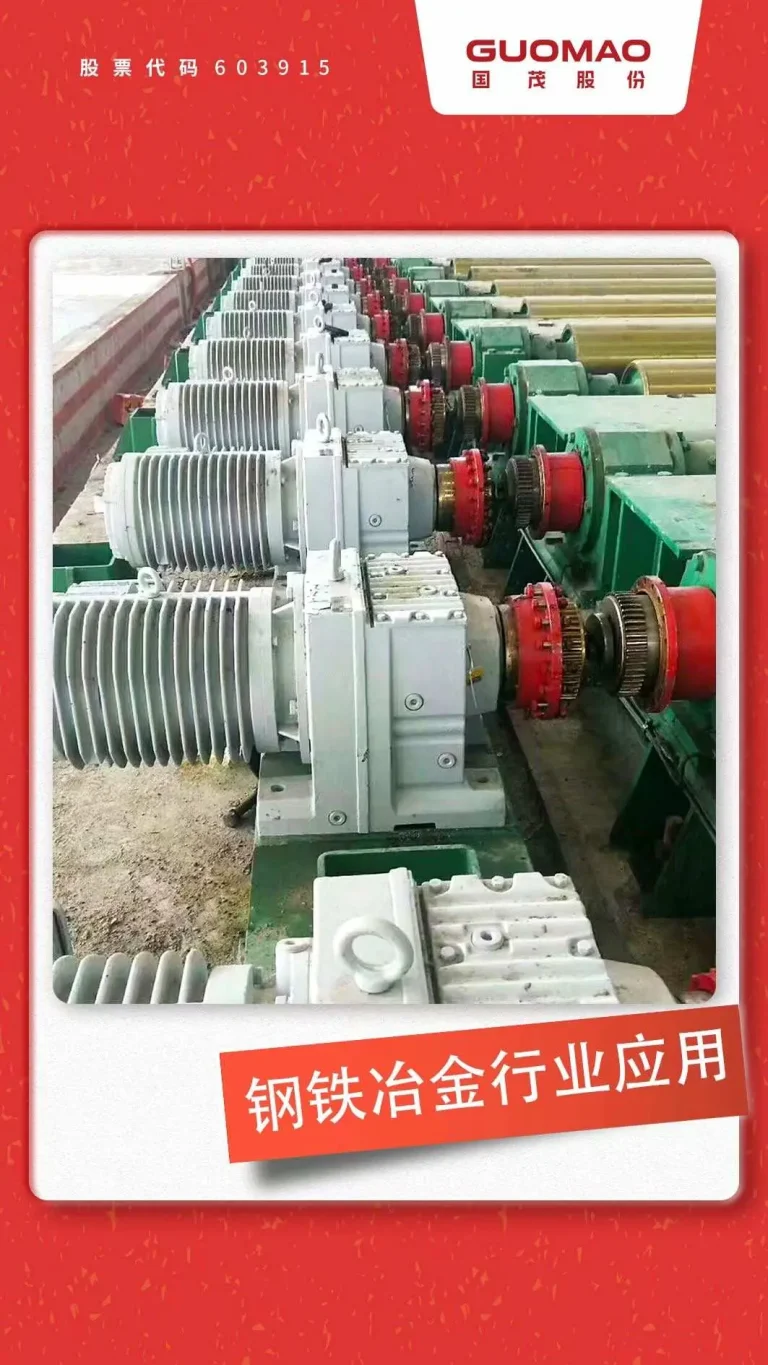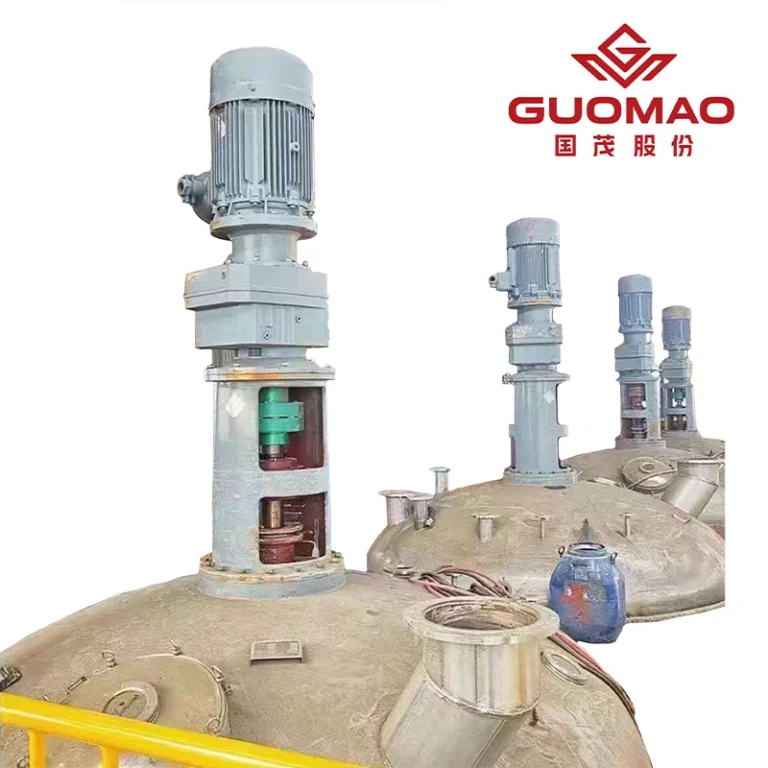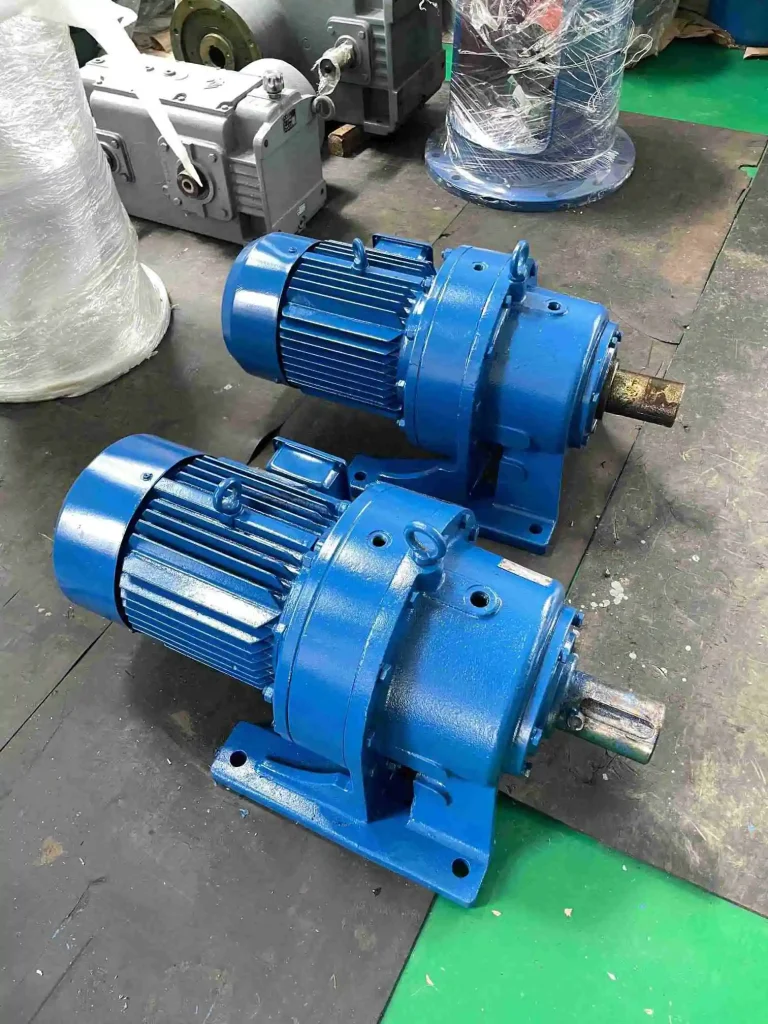In heavy-duty factory drives, parallel helical gears hold a main spot. They make sure power moves smoothly. They help the gear last a long time. And they keep the noise low during work. How well they do comes from the exact design. It also comes from the materials picked. Plus, it comes from how carefully the making steps are. From metal work to heat steps, each choice shapes how steady a gearbox runs under big pulls and steady work.
At Guomao, we learned a lot about materials, cutting, and heating methods. These set gear quality in move systems, lift setups, mix gear, and water cleaning machines. This piece looks at the main material and makes points for parallel helical gears. It shows how good planning can boost power, smooth running, and long hold in real factory spots.
Material Selection for Parallel Helical Gears: Balancing Strength and Durability
Core Mechanical Requirements for Gear Materials
The material for a parallel helical gear must allow a steady torque pass. It needs to handle the bending stress at the tooth base. And it must fight roll touch wear on the tooth face. It also calls for core strength to stop breaks under hit loads.
So, a solid material must give:
- High fatigue strength to deal with repeat loads.
- Enough hardness for a face wear fight.
- Size remains steady under long heat changes.
For steady-work drives like move belts or cranes, materials must keep these traits at work heat from −10 °C to 40 °C. Guomao sets this in product rules.
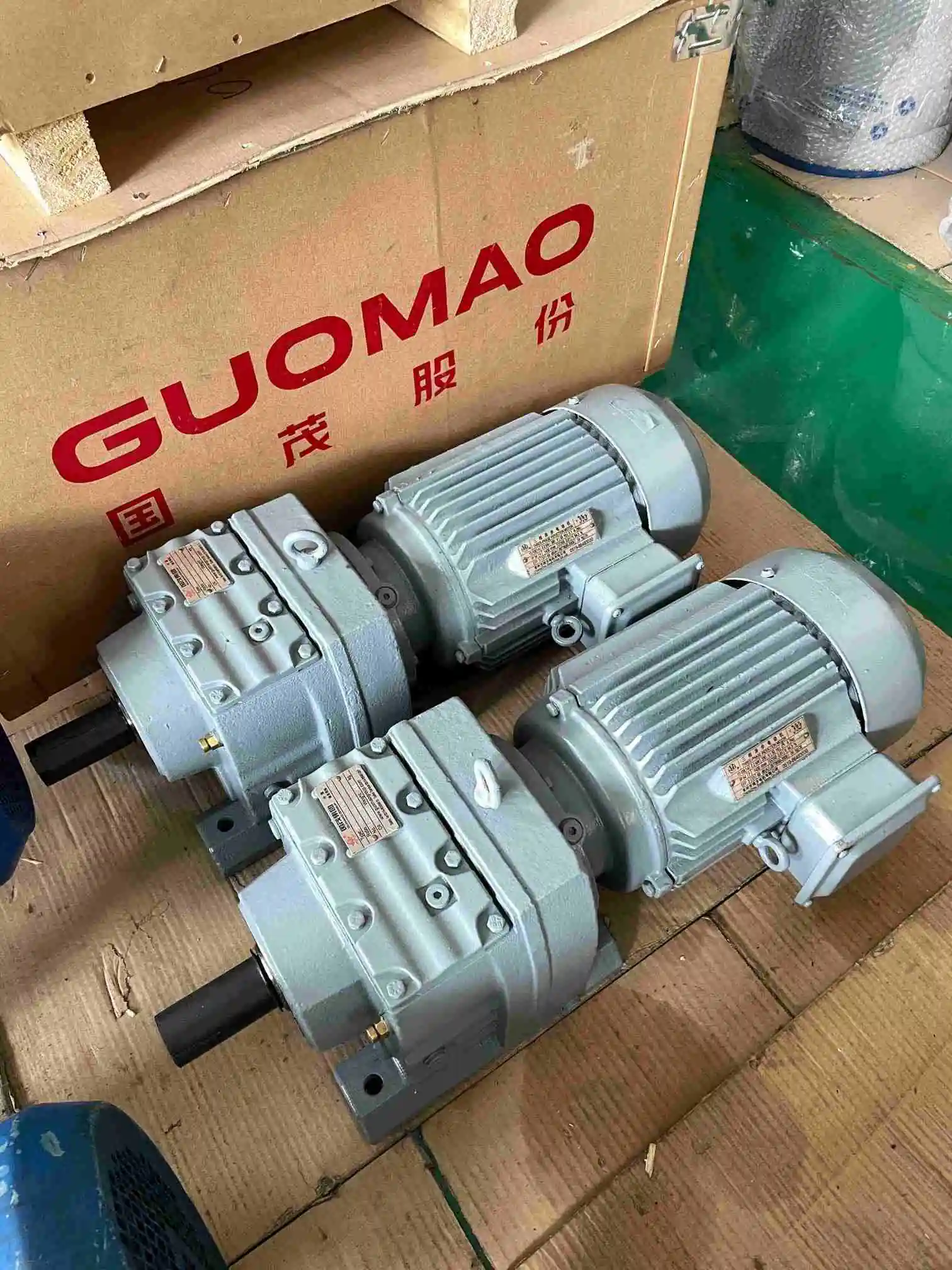
Common Materials Used in Industrial Helical Gears
Most factory parallel helical gears use alloy steels. These give good hardening skills and strength. Common types include 20CrMnTi, 18CrNiMo, and 42CrMo. All work well in Guomao’s GR and GF series gearboxes.
| Material | Key Characteristics | Typical Application |
| 20CrMnTi | Excellent carburizing response, high surface hardness, strong core toughness | Conveying machinery, mixers |
| 18CrNiMo | Superior fatigue resistance and low distortion after quenching | Hoisting systems and cranes |
| 42CrMo | High strength and wear resistance for medium-speed, heavy-load drives | Water-treatment and chemical agitators |
For spots with wet air or chemicals, stainless steel or hardened alloy steels fit. They fight rust without losing work traits.
Heat Treatment and Surface Hardening Options
Heat steps turn alloy steels into load holders for many hours.
Common face-harden ways include:
- Carburizing and quenching. This makes a deep, hard layer (0.8–1.2 mm). It fits big-load jobs like moving belts and cranes.
- Nitriding and carbonitriding. This gives a thin but hard face layer. It cuts the shape change. It suits mixers or water clean drives.
- Induction hardening. This goes on set spots like gear shafts or joint ends. It makes stress spots stronger.
The hard layer must go from high face hardness (58–62 HRC) to a strong core. This stops tooth breaks. Soft steps after the heat cut left stress. They keep their size steady and run quietly for a long time.
Manufacturing Processes: From Gear Blank to Precision Helical Tooth
Gear Blank Preparation and Machining Sequence
The worth of a helical gear starts with the blank. Guomao often uses shaped alloy steel blanks. These give tight grain and few inside flaws. After shaping, the blank gets rough cut and stress cut. This clears the left stress before tooth work.
A usual cut path includes:
- Turning and boring to set the exact center holes.
- Rough milling of keyways and base faces.
- Stress-relief annealing to steady the build before fine cut.
Tooth Cutting and Finishing Operations
Gear teeth form with hobbing or shaping. This picks by batch size and exact needs.
- Hobbing fits big runs. It gives a steady tooth shape and smooth sides.
- Shaping or milling works for odd gears or test pieces.
After the cut, gears get heat steps. Then the finish grind follows. This clears shape change and sets tooth lines right.
Finish grind brings:
- Better side smooth. This cuts noise and rub.
- Fixed lead and shape lines. This makes touch even.
- Better touch skill. This helps parallel shafts at fast speeds.
Precision Inspection and Quality Assurance
At Guomao, every gear goes through hard checks before joining:
- Gear-check centers look at tooth shape, twist, and space gap.
- CMM (Coordinate Measuring Machines) checks the size exactly.
- Hardness and rough tests show face hold.
- Magnetic-particle or sound wave checks find inside flaws.
All check notes get kept. This holds track under our ISO 9001 quality setup.
Heat Treatment and Distortion Control in Helical Gear Manufacturing
Thermal Treatment Strategies for High-Load Applications
Carburizing and quenching stand as usual for big-pull drives like move belts, cranes, and lifts. This step puts carbon into the face. It raises hardness and wear resistance. The core stays strong.
For middle loads or exact joins in mixers and water clean drives, gas nitriding or ion nitriding fits best. It cuts the shape change. And it skips big after-grind needs.
Multi-step heat ways, like carburizing → quenching → double tempering, balance left stress and layer deep. This makes sure tooth-base fatigue fight holds.
Managing Gear Deformation and Residual Stress
Heat shape change can shift gear lines if not held.
To cut this, Guomao uses:
- Guess the shape change model to fix ahead for the shift.
- Soft hold tools that keep the gear in a set spot.
- After-heat straight and grind to set the center right.
We also use shot-hit and side roll. These add good press stress. They make fatigue last longer. And they stop small cracks from growing under repeated loads.
How Material and Manufacturing Affect Gear Performance in Industrial Applications
Torque Stability and Efficiency in Conveying & Hoisting Systems
Parallel helical gears see wide use in belt drives, cranes, and winches. They keep a steady torque pass with little back play. The mix of top alloy steel and exact-ground tooth faces makes the joint smooth. It cuts shake too.
Well-cut gears cut energy loss from rubbing. They hit work skills over 95%. This saves power. It also keeps the work heat steady. So, oil does not break early in 24-hour factory setups.
Wear Resistance and Corrosion Control in Chemical and Water-Treatment Equipment
In chemical plants and waste clean spots, gears meet chemical attack and rough wear from dirt. Guomao picks hard or stainless materials with fine-ground faces. These keep working in bad spots.
Main ways include:
- Picking rust-fight alloys for mixers and mud pulls.
- Putting hard layers that fight pits and chemical hits.
- Keeping a steady oil layer with set oil paths. This skips the metal touch.
These picks stretch work times. They cut the stop time. And they help set keep-up plans.
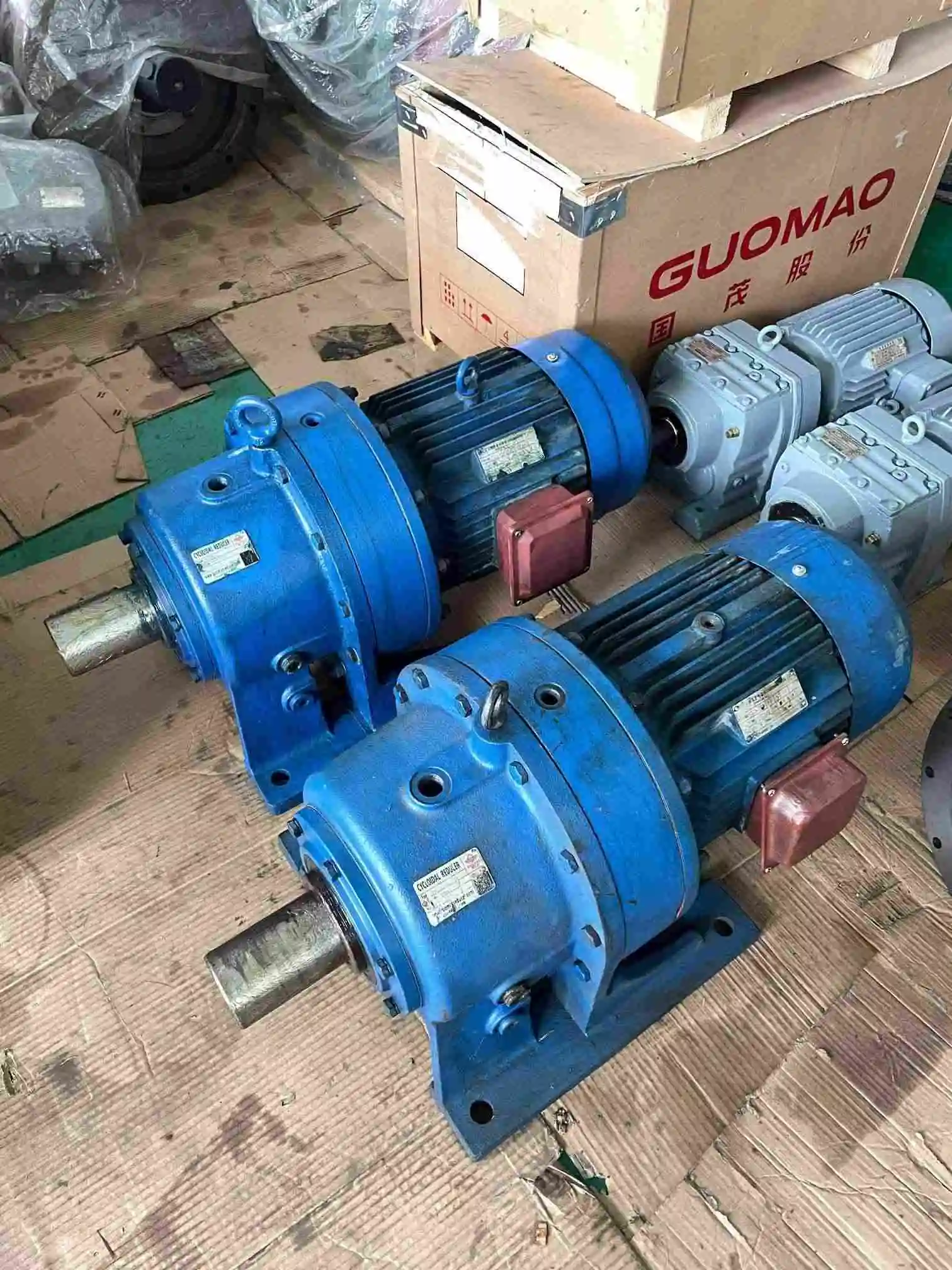
Long Service Life in Continuous Industrial Operation
In the long run, the fatigue holding of helical gears is tied to building fine and making steady.
Guomao hits over 25,000 hours of steady run. We mix exact heat hold with new grind tech.
Each gearbox gets a move balance to cut shake. This keeps in touch exactly.
Our buyers in mix setups, move belts, new-power charge spots, and water clean machines benefit from quiet run, less maintenance, and longer gear hold.
Guomao’s Capabilities in Parallel Helical Gear Design and Manufacturing
Advanced Material & Processing Capabilities
At Guomao, we focus on planning and making parallel-shaft helical gearboxes. Our machine base joins material pick, cut, heat step, and test in one smooth spot.
We use strong alloy steels like 20CrMnTi and 42CrMo. We mix them with carburizing and nitriding steps. These make sure fatigue lasts longer.
Our make line has:
- CNC gear hobbing and shaping spots
- High-precision grinding machines
- Carburizing and nitriding furnaces
- Coordinate measuring and hardness-testing systems
Every gearbox comes from set spots. This makes sure to repeat the exact skills for factory jobs.
Customization and Application Expertise
We set gear materials and steps to fit the factory types:
- Move and lift. Carburized and ground alloy gears for big pull.
- Mix and even out. Harden gears for a steady, low-noise run.
- Water and chemical setups. Rust-fight steels for steady work.
- Sea and new-power jobs. Seal and coat gears for wet or salt spots.
Each set of gearboxes gets full check notes. This makes sure it fits ISO 9001.
Representative Product Lines and Industrial Applications
Our GF Series Parallel-Shaft Helical Geared Motor fits move, mix, and water clean setups. It needs a small shape and high skill.
The GR Series Helical Geared Motor joins helical gear slow-down with motors. This makes the setup simple. It saves power, too.
Th GK Series Helical-Bevel Geared Motor mixes helical and bevel steps. It gives a strong torque pass for cranes and turn drives.
In all lines, our aim stays the same. We give quiet, smooth, and long-hold power passes for steady factory use.
FAQ
Q: What materials are most suitable for industrial parallel helical gears?
A: Alloy steels such as 20CrMnTi, 18CrNiMo, and 42CrMo offer the best balance of hardness, toughness, and wear resistance. For corrosive or wet environments, nitrided or stainless steel materials are recommended.
Q: How does heat treatment improve parallel helical gear durability?
A: Carburizing and quenching increase surface hardness and load capacity, while nitriding minimizes distortion and enhances resistance to wear and corrosion, making gears more stable in long continuous operation.
Q: What manufacturing processes most affect gear noise and accuracy?
A: Final grinding and tooth-profile correction have the greatest impact. These processes ensure smooth contact, reduce dynamic transmission error, and prevent gear-mesh vibration.
Q: How can manufacturers prevent deformation during gear heat treatment?
A: By applying controlled furnace atmospheres, using precision fixturing, and performing stress-relief annealing before quenching. Guomao also employs post-heat straightening and finish grinding to restore alignment.
Q: Which industries rely most on parallel helical gearboxes?
A: Conveying machinery, hoisting systems, mixing and homogenizing equipment, chemical processing, water-treatment plants, new-energy installations, and marine machinery all depend on high-precision parallel helical gear drives for reliable torque transmission.

